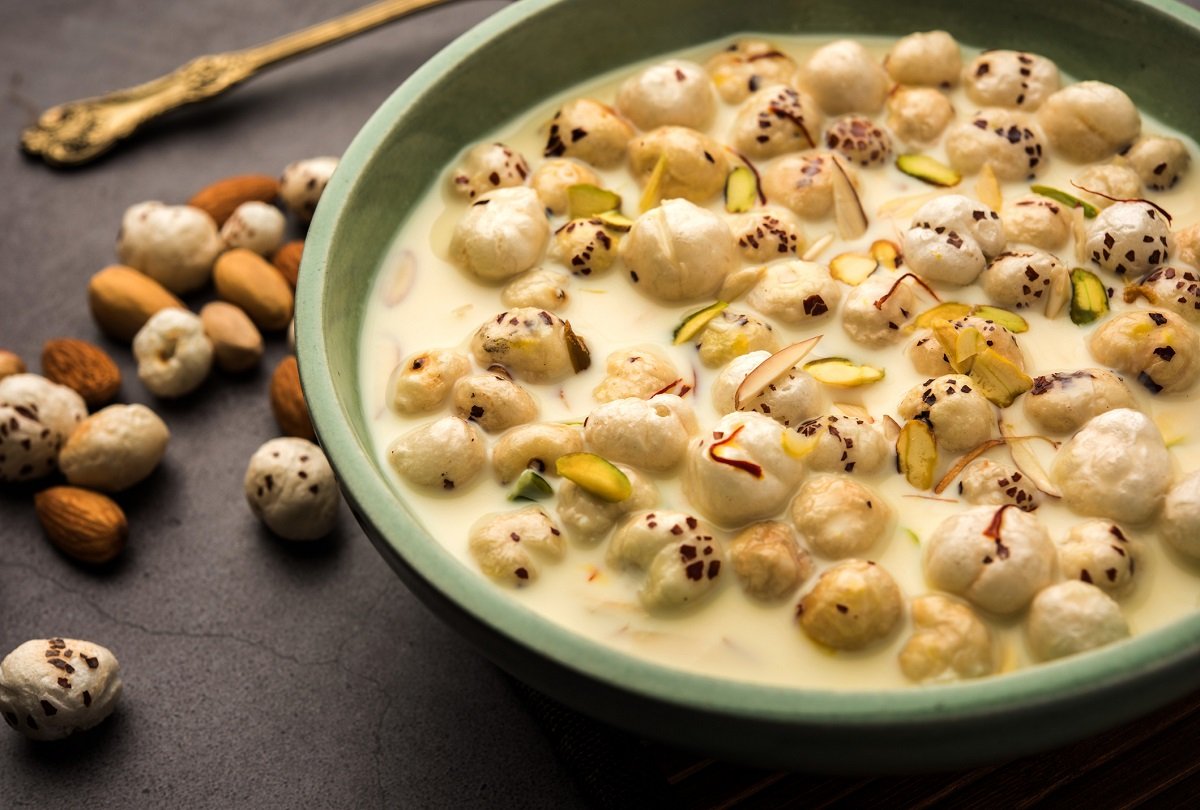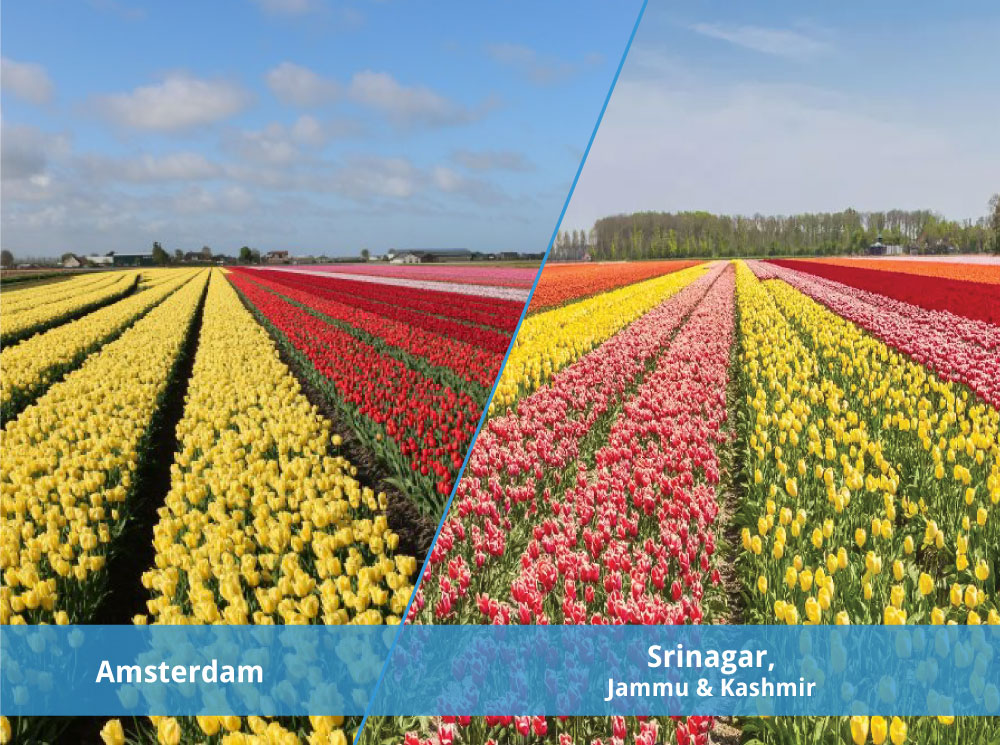Who said food eaten while observing fast is boring? Read to find out about the lip-smacking Navratri cuisines cooked across the country.
Growing up in Kolkata, waiting eagerly for Durga Puja was part of our yearly ritual. The excitement of seeing the pandal preparations across the city was enough to overlook the road diversions and traffic. The distinct fragrance of Kaash Phool, the intricate craftsmanship of the idol-makers of Kumartuli, the healthy pandal competitions amongst organising committees – the grandeur of the celebrations were unmatched. Outside my house, I would see the streets being lit up with many lights. Our evenings were spent in the local mela.
On the other hand, my non-bengali household had a different set of customs to follow during Navratri. A nine-day fast was observed by the elders of my family worshipping the many forms of Durga. Every inch of the house would be cleaned and a sattvic lifestyle was followed for the next nine days.
Each day was special with different flowers, sweets, and food offered to the Shakti. Chants of mantra would echo all day. We would sleep in the light of the Akhand Jyoti and wake up to the pleasant smell of incense sticks – nine days of sheer positivity. The festival also brought happiness in the form of food. Every day we would be served diverse delicious dishes that we wouldn’t usually eat all year round.
Two decades later today, the aroma of these dishes never fails to bring back the memories from childhood. Here are some Navratri cuisines from my plate of nostalgia –
1. Makhana Kheer
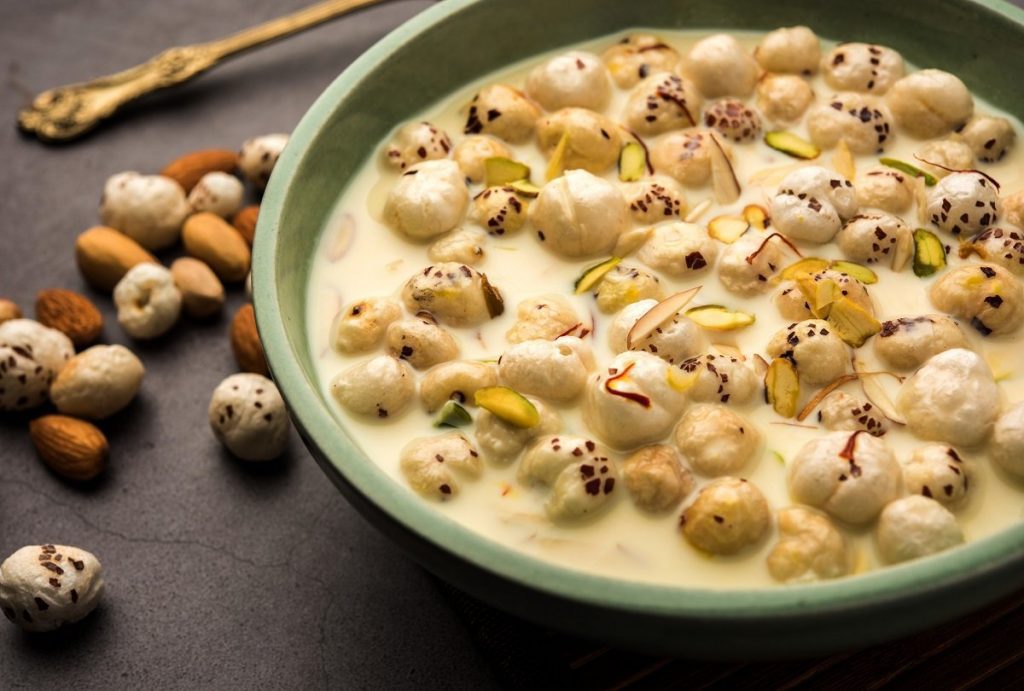
According to the cultural tales, Makhana or fox nut has been the primary offering to Goddesses during festivals in the Mithila region of ancient India. Munching on this light snack is also popular while observing fast.
Devotees offer Makhana Kheer to the mighty Durga before consuming it. Of the several Navratri cuisines, The dish is easy to cook, delicious and healthy, providing you with the much-needed energy during fast days.
2. Banana Walnut Lassi
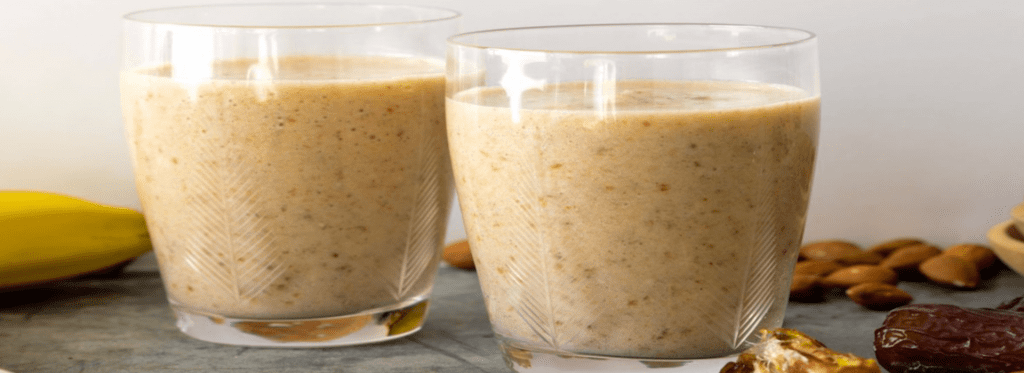
The main ingredients of this drink, banana and curd are of great importance in Hindu culture. Banana is considered to be a Shriphal, a fruit that is available all year round. Shri means Lakshmi, phal means fruit. It is symbolic of endless wealth and affluence.
The earth goddess, Bhudevi, is considered to be a cow whose milk sustains everyone. Thus, milk and its products (here, curd) are considered auspicious in festivities.
The banana walnut lassi is a healthy drink suitable for drinking while observing fast. The energy drink is made after blending banana, yogurt, honey and walnuts together.
3. Sabudana Khichdi
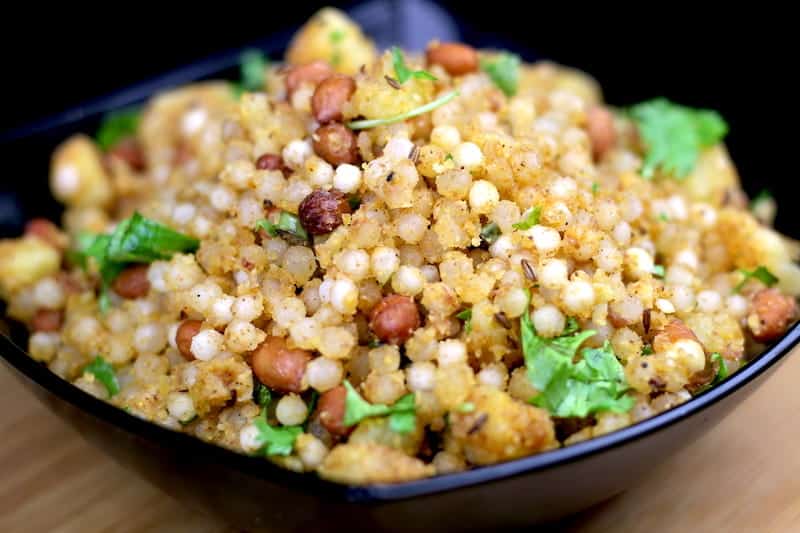
Sabudana khichdi is undoubtedly one of the most popular Navratri cuisines. This carbohydrate-rich snack can be savoured during the fast. Traditionally, people observing fasts need to avoid whole-grain food. Sabudana, on the other hand, is a starch that loads you with instant energy to help you get through the day during fasts. Sabudana Khichdi is a light snack made with sabudana and mild spices. Other variations of the dish include sabudana kheer and sabudana vada, which also make for delectable Navratri snacks.
4. Kuttu Ka Dosa

Kuttu is a common and significant ingredient in preparing Navratri food. As one can’t consume grains, onion, or garlic, the flour made out of Kuttu seeds can be consumed in the form of dosa, Pakoda, kebabs, pooris and paranthas.
Kuttu or buckwheat is made from the seeds of the fruits of Buckwheat. This makes kuttu a pseudo-cereal. It is rich in nutrients and considered an extremely healthy food. Savour on the crispiness of this dish prepared with a potato filling, served with coconut chutney – all of which can be eaten while observing the fast.
5. Aloo Khichdi
Potatoes, being a root, can be consumed during the festival. Before being the main ingredient of Indian street food, this easy to grow plant, rich in nutrients was an important part of the culture and traditions followed on auspicious occasions like Navratri.
One can consume potatoes in many forms – pakoda, kebabs, gravy. The dishes can be prepared with rock salt or sendha namak which is considered to be the purest form of salt. Mild spices can be added to enhance the flavour.
6. Arbi Kofta
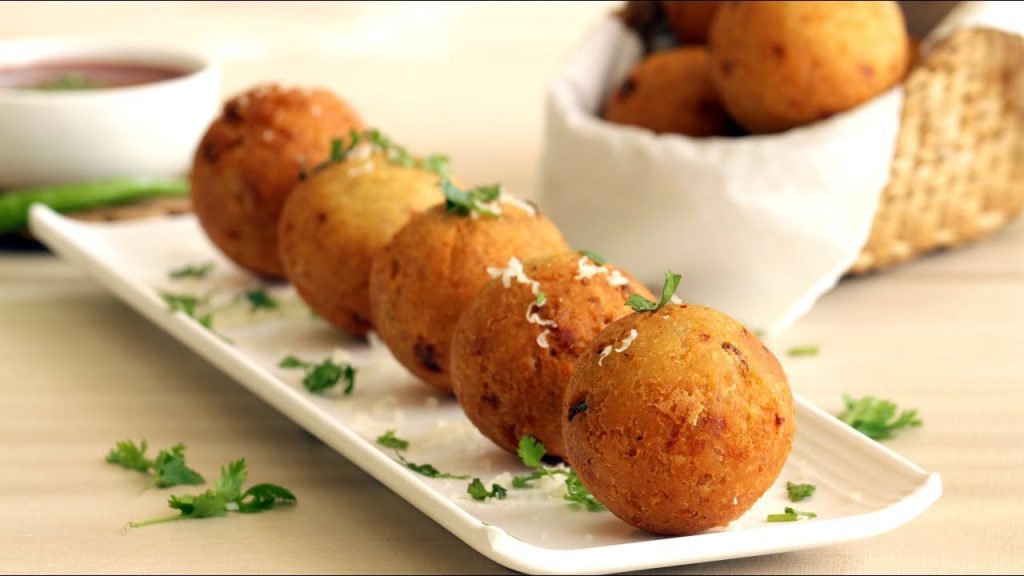
Arbi or Taro root has been savoured by Indian taste buds for years, especially in the Bengali culture. With deep roots, Arbi is rich in nutrients. Known as kochu in Bengali, the mention of this food can be found across several folktales of India.
Arbi is cooked in different forms across the country. However, if you ask your grandmother, she would describe the significance of eating this dish on auspicious occasions. The Arbi Kofta can be prepared with mild spices and served with yogurt or coconut chutney.
Navratri is all about maintaining a sattvic lifestyle. It is about appreciating the simplicity of life. According to Vedics, this cleanse is needed for one’s body to boost immunity. Most of the food prepared during this time is rich in nutrients. Pseudo-cereals, milk products, fruits and nuts are allowed while non-vegetarian food, alcohol, grains and cereals are avoided.
Which is one of your favourite Navratri cuisines? Let us know in the comments.
Last Updated on October 8, 2021 by Hritika Singh
